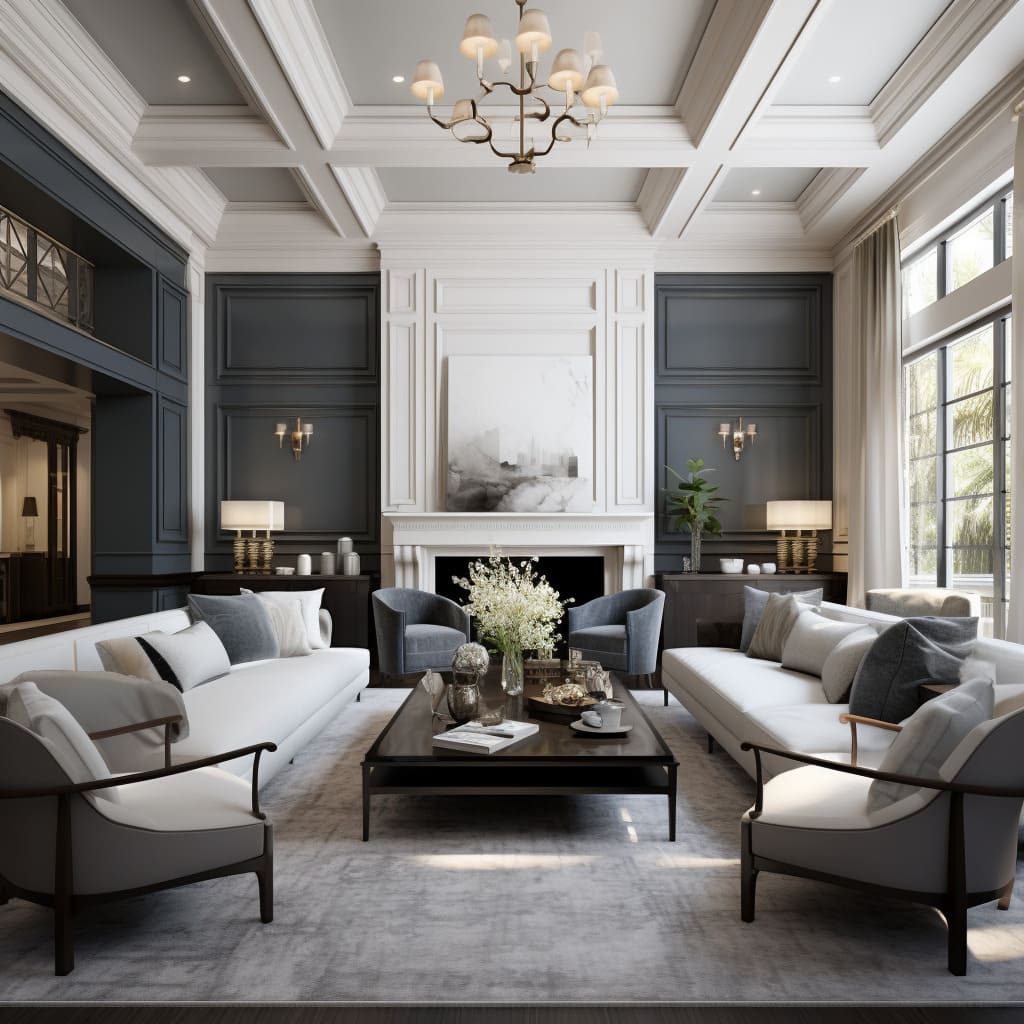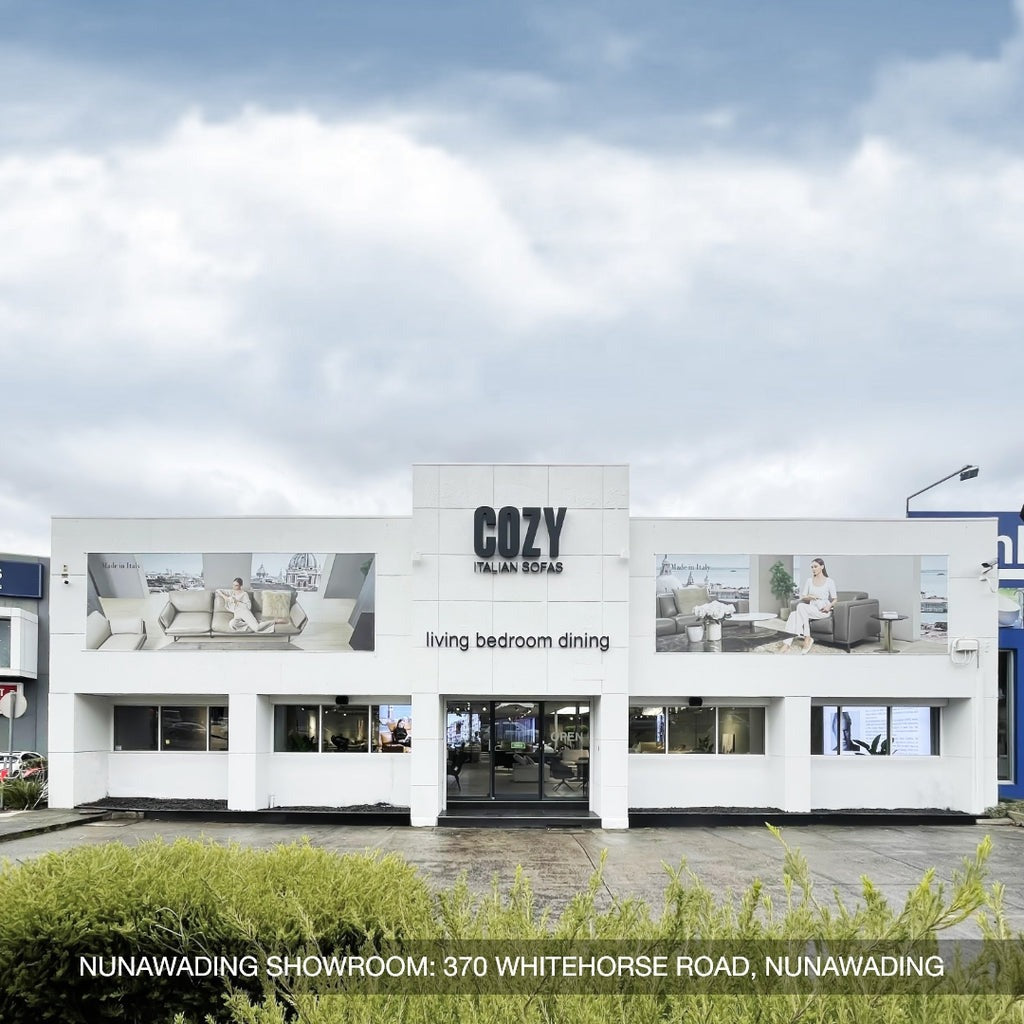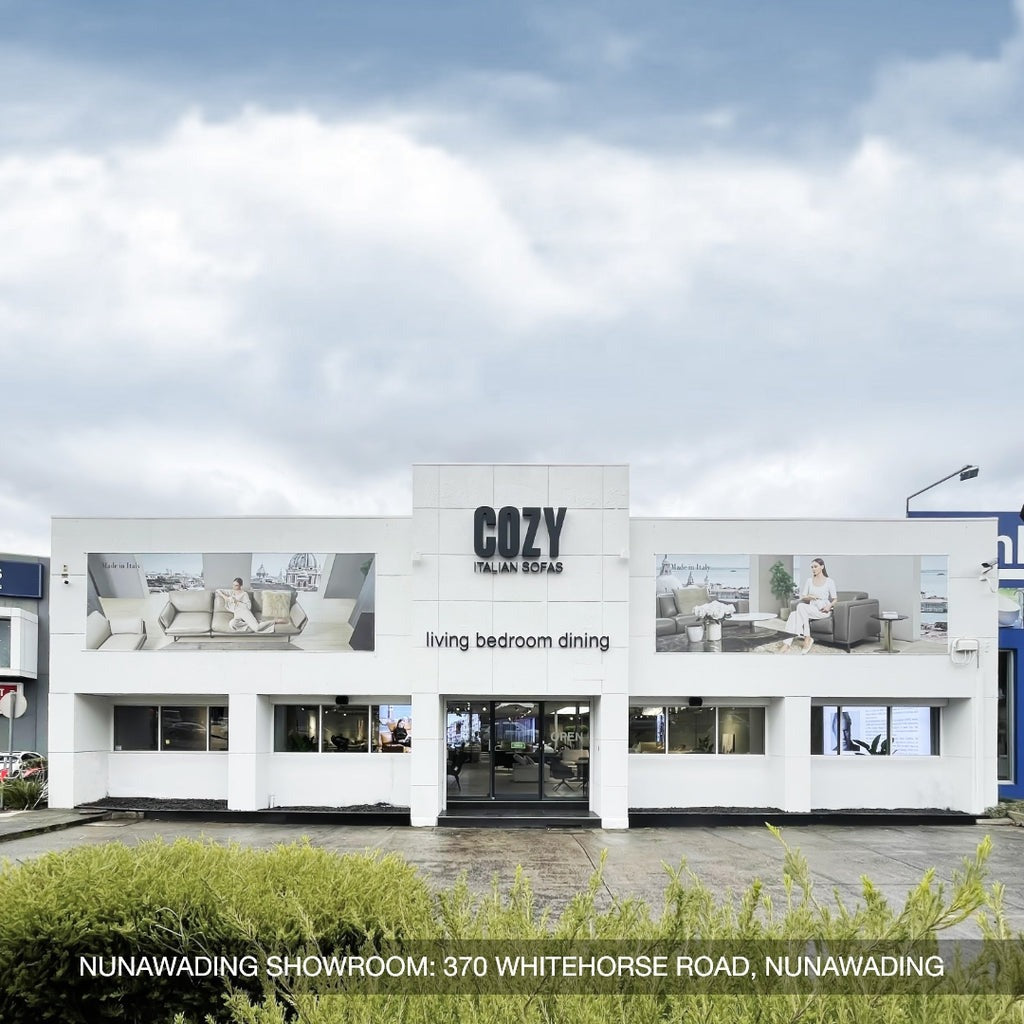Traditional and contemporary interior design offer unique opportunities to create a harmonious and captivating space. Mixing contemporary with traditional elements allows for a dynamic blend of the old and the new, resulting in a home that feels both timeless and fresh. This approach brings together the best of both worlds, offering the elegance of classic design with the sleekness of modern aesthetics. Combining traditional and contemporary interior design not only enhances the visual appeal but also adds depth and character to your living spaces, making them truly unique and personalized.
Understanding Design Styles
By understanding the fundamental characteristics of traditional, modern, and contemporary design, you'll be better equipped to blend these styles harmoniously in your space.
- Traditional: Traditional design features classic elements drawn from specific historical periods. It emphasizes elegance and comfort, often incorporating rich colors, ornate details, and timeless furniture pieces.
- Modern: Modern design is characterized by clean lines and minimalism, originating from the mid-20th century. It focuses on simplicity, functionality, and a neutral color palette, often using materials like glass, steel, and concrete.
- Contemporary: Contemporary design reflects current trends and doesn't strictly adhere to traditional or modern categories. It is ever-evolving, embracing a mix of styles, bold colors, and innovative materials.

Considerations For Combining Styles
Evaluating Room Formality
When embarking on the journey of mixing interior styles, the first step is evaluating the room's formality. Decide whether the space should exude a formal or casual vibe, as this will influence the balance between traditional and modern elements. For instance, a formal dining room might benefit from classic, ornate furniture paired with contemporary lighting fixtures, creating a sophisticated yet updated look. In contrast, a casual living room could combine a sleek, modern sofa with a traditional rug and decorative accents, offering comfort and elegance without feeling overly structured.
The Predominance Principle
Apply the predominance principle to achieve a cohesive design. Choose one style - either modern or traditional - as the dominant theme, covering approximately 70% of the space, while the secondary style should make up about 30%. This approach prevents an equal split that can lead to a disjointed and confusing aesthetic. For example, if you favor modern design, you might feature clean-lined furniture and minimalist décor as the main elements. Complement these with traditional accents like a vintage mirror or a classic armchair to add warmth and character.
Considering Personal Preferences
Consider personal preferences to ensure the design feels authentic and comfortable for the occupants. Reflect on individual tastes and lifestyle needs, and incorporate elements that resonate with them. If someone loves the look of rustic wood but also enjoys sleek, modern pieces, integrating texture layering techniques can beautifully combine these preferences. Using a mix of materials like wood, metal, and fabric can create a layered and inviting space.
Utilize Universal Elements
When combining traditional and contemporary interior design, utilizing universal elements can significantly ease the process and ensure a seamless blend of styles. Versatile pieces like modern coffee tables work harmoniously with almost any design scheme, providing a sleek and functional centerpiece. Abstract art, natural rugs, Chinoiserie, and ornate mirrors are other universal elements that add a unique flair while maintaining cohesion. For example, in an eclectic living room design, a modern coffee table paired with a Chinoiserie vase and an ornate mirror can create an eye-catching focal point that ties the room together. Additionally, modern lighting often complements traditional settings, bringing a fresh, updated look without clashing with classic elements.
Creating Visual Balance
Creating visual balance ensure neither style overpowers the other in a contemporary traditional interior design. Use color, texture, and form strategically to create harmony and prevent a disjointed look. For instance, if the room features timeless elegance Italian furniture style, balance it with modern elements like sleek, minimalist lighting or abstract wall art. Incorporating texture layering techniques can also enhance the visual appeal, combining materials such as wood, metal, and fabric to add depth and interest.

Key Elements To Focus On
Blending traditional and contemporary styles requires a nuanced approach, focusing on specific elements that can bridge these two design worlds. By carefully considering the following key aspects, you can create a harmonious space that honors classic aesthetics while embracing modern sensibilities.
Furniture Selection
Simple, monochromatic color schemes can make traditional furniture feel contemporary. For instance, pairing a classic wooden dining table with minimalist, white chairs can modernize the space while preserving its traditional charm. Most interior designers use neutral tones to blend different styles seamlessly. Additionally, minimal decor can help to modernize a room filled with traditional furnishings, making the space feel open and uncluttered.
Be Flexible With Lighting
Modern lighting fixtures, such as sleek pendant lights or minimalist chandeliers, often complement traditional spaces beautifully. Conversely, some traditional lighting elements can add character and warmth to modern rooms. For example, a vintage crystal chandelier can create an interesting contrast in a contemporary living room, adding depth and visual interest.
Art and Accessories
Abstract art can fit seamlessly into both modern and traditional settings, bringing a fresh, dynamic element to the space. Conversely, using traditional art sparingly in modern rooms can introduce a touch of elegance without overwhelming the modern aesthetic. Incorporating unexpected elements, like a baroque mirror in a modern room, can also create visual interest and a unique focal point.
Don't Forget About Rugs
Oriental rugs, with their intricate patterns and rich colors, can work well in both traditional and modern spaces. They add a sense of history and texture that complements various design elements. Natural fiber rugs, such as jute or sisal, are versatile and can be used across different styles, providing a neutral base that ties the room together.
Conclusion
Traditional and contemporary interior design offer a captivating way to create unique and inviting spaces. Modern and traditional mix interior design brings the best of both worlds, blending classic charm with sleek, modern aesthetics. By combining traditional and contemporary interior design, you can achieve a harmonious balance that feels both timeless and fresh.
Whether you prefer ornate details or clean lines, COZY’s coffee table fits perfectly into this eclectic mix, serving as a versatile piece that complements various styles. Discover how this approach can transform your home into a sophisticated and cozy retreat.





